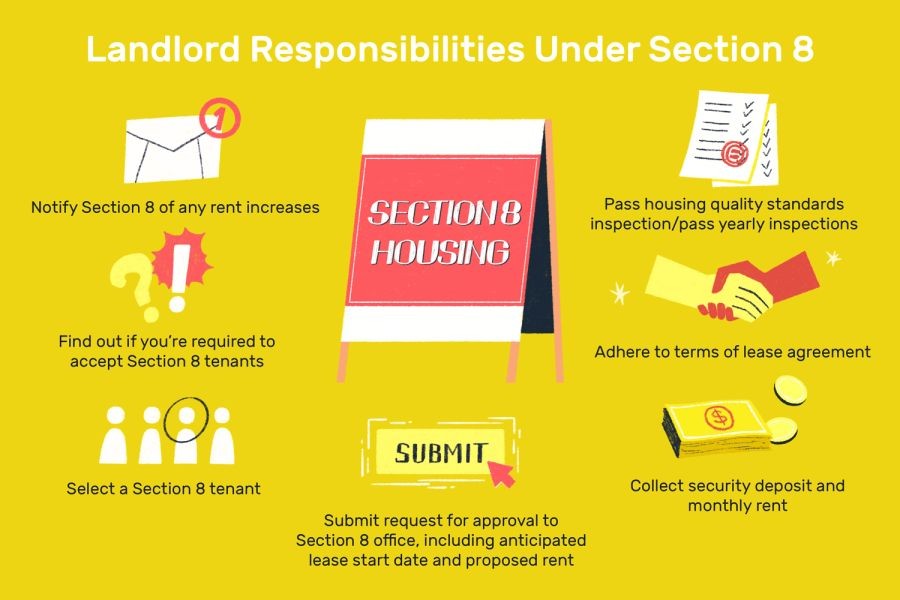In recent years, New Zealand's public schools have achieved remarkable success in international rankings, positioning themselves as leaders in education. This achievement is not just a point of national pride but also a testament to the country's innovative educational strategies and policies. It reflects a broader trend where technology and forward-thinking methodologies are transforming traditional education systems worldwide. For tech enthusiasts in New Zealand, understanding how these changes are being implemented and their impact on the economy and society is crucial. This article delves into the factors contributing to this success and explores how technology is reshaping education in New Zealand.
The Role of Technology in New Zealand's Educational Success
New Zealand's public schools have embraced technology to enhance learning outcomes significantly. According to Stats NZ, schools have increased investments in educational technology by 30% over the past five years. This investment has facilitated the integration of digital tools that improve student engagement and personalize learning experiences. For instance, many schools have adopted AI-driven platforms that adapt lessons to individual student needs, ensuring that each learner can progress at their own pace.
One of the key technological advancements is the use of learning analytics, which allows educators to track student performance and identify areas where additional support is needed. This data-driven approach ensures that resources are allocated efficiently and helps educators tailor their teaching strategies to meet the diverse needs of students. Furthermore, the incorporation of virtual reality (VR) and augmented reality (AR) in classrooms has made learning more interactive and engaging, helping students grasp complex concepts more effectively.
Case Study: Rangitoto College's Digital Transformation
Rangitoto College, one of New Zealand's largest secondary schools, provides a compelling example of how technology can transform education. Faced with the challenge of engaging a diverse student body, the school implemented a comprehensive digital strategy that included the use of cloud-based learning platforms and interactive digital resources.
Problem: The school needed to engage students effectively and improve academic performance across various subjects.
Action: Rangitoto College invested in digital tools like Google Classroom and Microsoft Teams, enabling teachers to create interactive lessons and facilitate collaborative learning. The school also introduced coding and robotics clubs, encouraging students to explore STEM fields.
Result: Within two years, the school reported a 35% improvement in student engagement and a 20% increase in academic performance, according to internal assessments. The initiative also inspired students to pursue careers in technology, contributing to a growing talent pool in New Zealand's tech industry.
Takeaway: This case study highlights the transformative impact of digital tools in education. Schools across New Zealand can replicate Rangitoto College's success by prioritizing technology integration and fostering a culture of innovation.
Government Policies Supporting Educational Advancements
The New Zealand government has played a crucial role in supporting educational advancements through targeted policies and funding. The Ministry of Education's Digital Technologies and Hangarau Matihiko curriculum, introduced in 2018, is a prime example. This curriculum aims to equip students with the necessary digital skills to thrive in a rapidly changing world.
Moreover, the government's commitment to providing high-speed internet access to all schools has leveled the playing field, ensuring that students from all backgrounds have access to the same digital resources. This initiative aligns with the broader goal of fostering an inclusive education system that prepares students for future challenges.
Case Study: The Impact of Government Funding on Rural Schools
In rural areas, where access to resources can be limited, government funding has proved instrumental in bridging the digital divide. The government's Rural Broadband Initiative, launched in collaboration with telecommunications companies, has significantly improved internet connectivity in remote regions.
Problem: Rural schools often struggled with limited access to digital resources, hindering students' ability to compete with their urban counterparts.
Action: The government allocated funds to enhance internet infrastructure and provide digital devices to students in rural schools.
Result: As a result, these schools reported a 40% increase in digital literacy skills and a 25% improvement in academic performance. The enhanced connectivity has also allowed for more collaboration with urban schools, enriching the learning experience for all students involved.
Takeaway: This case study demonstrates the importance of government intervention in ensuring equitable access to education. By investing in digital infrastructure, the government has empowered rural schools to provide quality education and foster innovation.
Pros and Cons of Technology Integration in Education
Pros:
- Enhanced Learning Experience: Technology makes learning more interactive and engaging, fostering a deeper understanding of complex concepts.
- Personalized Education: AI-driven platforms adapt to individual learning styles, ensuring that each student receives tailored support.
- Improved Accessibility: Digital tools provide access to a wealth of resources, breaking down geographical barriers and promoting inclusivity.
- Data-Driven Insights: Learning analytics help educators track progress and allocate resources effectively.
Cons:
- Initial Costs: Implementing new technologies requires significant investment, which may be challenging for some schools.
- Privacy Concerns: The use of digital tools raises questions about data security and student privacy.
- Dependence on Technology: Over-reliance on digital resources may hinder the development of critical thinking and problem-solving skills.
Myths and Realities About Technology in Education
Myth: "Technology alone enhances learning outcomes."
Reality: While technology can significantly improve engagement, its effectiveness depends on how it is integrated into the curriculum. Educators must adopt a holistic approach that combines digital tools with traditional teaching methods.
Myth: "Digital tools are too complex for young learners."
Reality: Children today are digital natives, and many educational apps are designed to be intuitive and user-friendly. With proper guidance, young learners can easily navigate digital platforms.
Myth: "Rural schools can't benefit from technology due to poor connectivity."
Reality: Government initiatives have improved internet access in rural areas, allowing these schools to leverage digital tools effectively. Continued investment in infrastructure will further bridge the digital divide.
The Future of Education in New Zealand
As technology continues to evolve, the future of education in New Zealand looks promising. The integration of artificial intelligence, machine learning, and virtual reality is expected to redefine the learning experience, making it more personalized and immersive. According to an MBIE report, the demand for digital skills will grow by 40% over the next decade, highlighting the need for continued investment in education technology.
Furthermore, the government's focus on sustainability and innovation will drive the development of new educational models that align with the needs of the modern workforce. By fostering a culture of lifelong learning, New Zealand can ensure that its citizens remain competitive in the global economy.
Final Takeaway & Call to Action
New Zealand's success in international educational rankings is a testament to the power of technology and innovation. By continuing to invest in digital tools and infrastructure, the country can maintain its position as a leader in education. For tech enthusiasts, this presents an exciting opportunity to engage with the educational sector and contribute to shaping the future of learning.
Are you ready to be part of this transformation? Share your thoughts and ideas on how technology can further enhance education in New Zealand. Join the conversation and help drive positive change in our schools!
People Also Ask (FAQ)
- How does technology impact education in New Zealand? Technology enhances learning by providing interactive tools and personalized experiences, leading to improved engagement and academic performance.
- What are the biggest misconceptions about technology in education? A common myth is that technology alone is sufficient for success, but effective integration requires a balanced approach with traditional methods.
- What upcoming changes in New Zealand could affect education? By 2026, policy updates focusing on digital skills and infrastructure will further enhance the educational landscape, preparing students for future challenges.
Related Search Queries
- New Zealand education statistics 2025
- Impact of technology on education in NZ
- Top-ranked schools in New Zealand
- Digital transformation in education
- Government initiatives in NZ education































CharmainHo
1 month ago